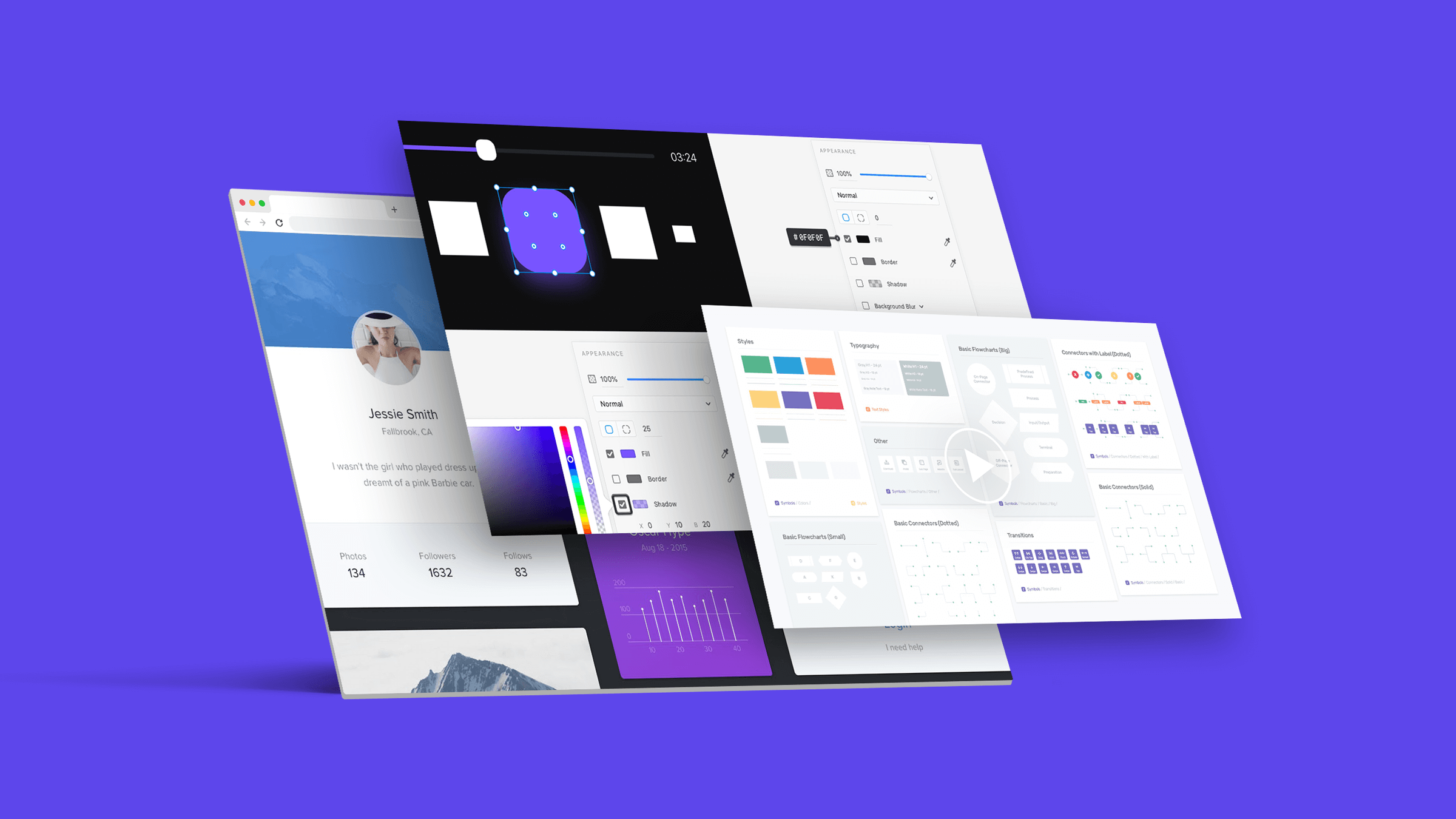Transform Your Online Presence with Fort Worth Web Design Knowledge
Transform Your Online Presence with Fort Worth Web Design Knowledge
Blog Article
Comprehending the Influence of Responsive Web Layout on Mobile Web Traffic
As the number of mobile individuals continues to rise, the necessity for websites to perfectly adjust to various screen sizes becomes significantly obvious. This adaptability not just improves customer experience yet also plays a crucial role in reducing and maintaining site visitors bounce prices - Web design near me.
Value of Mobile Compatibility
With the spreading of tablets and smart devices, more individuals are accessing the internet through mobile gadgets than ever in the past. Mobile compatibility directly affects an internet site's accessibility, performance, and general performance, affecting user engagement and contentment.
Incorporating receptive website design is an essential approach to accomplishing mobile compatibility. This style method enables a web site to instantly adjust its format and web content based upon the display dimension and orientation of the tool being used (Web design near me). This flexibility ensures that all customers have a smooth experience, no matter whether they are using a tablet, smartphone, or desktop computer
Moreover, mobile compatibility is closely connected to seo (SEARCH ENGINE OPTIMIZATION) Major internet search engine, like Google, prioritize mobile-friendly sites in their search outcomes. This indicates that websites not maximized for mobile phones run the risk of lower exposure and lowered website traffic. Organizations have to focus on mobile compatibility to remain affordable and ensure their digital presence is accessible to the widest feasible audience, inevitably driving development and interaction.
Enhancing Customer Experience
In the context of receptive internet style, improving customer experience on mobile devices is essential. As the number of mobile users continues to increase, internet sites should adapt to numerous display sizes and positionings without jeopardizing functionality or appearances.
Crucial element of an enhanced mobile customer experience include quick filling times, intuitive navigation, and accessible material. Quick loading times are important, as users are most likely to abandon a site if it takes also lengthy to load. Intuitive navigating guarantees that users can discover info rapidly, while easily accessible content enables readability and communication without unneeded zooming or scrolling. Furthermore, touch-friendly user interfaces, which accommodate motions such as swiping and tapping, additionally improve user interaction and satisfaction.
Additionally, supplying a consistent aesthetic and useful experience across devices establishes trust fund and integrity, encouraging return gos to. By focusing on these aspects, receptive web style not just provides to mobile audiences however likewise fosters a favorable assumption of the brand, eventually boosting general user experience.
Boosting Mobile Involvement
To effectively boost mobile engagement, internet designers need to concentrate on producing interactive and engaging experiences that mesmerize individuals' focus. This entails making use of receptive layout strategies that adjust perfectly to varying display dimensions and alignments, making sure that content is aesthetically attractive and very easy to navigate on smart phones. Prioritizing quick filling times is important, as customers are most likely to abandon sites that are slow-moving or unresponsive. Applying features such as touch-friendly navigating, concise content, and instinctive interface can substantially enhance user interaction and complete satisfaction.

Additionally, leveraging personalization methods, such as tailored material recommendations based upon customer behavior and preferences, can develop much more purposeful interactions and motivate repeat gos to. By concentrating on these facets, internet developers can considerably boost mobile interaction, ensuring that users stay basics involved and purchased the content, inevitably driving greater retention prices and individual satisfaction.
Search Engine Optimization Benefits of Responsive Design
As web designers enhance mobile involvement via responsive strategies, another substantial advantage arises in the world of search engine optimization (SEARCH ENGINE OPTIMIZATION) Responsive website design (RWD) plays a critical function in boosting an internet site's visibility and position on search engines. By ensuring a seamless user experience throughout devices, receptive design minimizes bounce rates, an important metric that search engines consider when determining website significance and top quality.
Google, which commands a substantial share of the search market, advocates for responsive style as the sector standard. A solitary link framework, helped with by RWD, simplifies crawling and indexing processes for internet search engine crawlers. This efficiency enhances a site's ease of access and makes it simpler for search engines to understand and rate material appropriately.
Additionally, receptive layout optimizes loading times, an additional element heavily weighted in Google's algorithms. A faster, much more effective internet site boosts customer satisfaction, resulting in longer page visits and higher involvement degrees, which favorably influence SEO rankings. Furthermore, RWD sustains the application of maximized metadata and tags, making certain that content is suitably customized for mobile and desktop computer individuals alike.
Strategies for Reliable Application
When implementing receptive web style, comprehending vital methods is crucial for success. This strategy also helps simplify material, concentrating on necessary components that improve customer experience.
Second, employ versatile grid formats and scalable images. A flexible grid makes sure that the web site's design changes perfectly across click for source various display sizes. In a similar way, making use of scalable pictures that adapt based on resolution avoids distortion and keeps picture high quality, boosting the total visual.
Third, optimize loading times. Usage methods such as minifying and pressing images CSS and JavaScript files to make certain quick web page tons. Rate is vital for maintaining mobile customers who may abandon slow-loading websites.

Last but not least, utilize analytics to check performance and Homepage user habits. Analytics supply insights into how customers communicate with the website, assisting more optimization initiatives to meet progressing demands. By complying with these methods, services can properly implement responsive web style, maximizing their mobile traffic possibility.
Final Thought
By readjusting formats for different screen dimensions, it considerably boosts user experience, decreases bounce rates, and enhances go to duration. This flexibility addresses the growing number of mobile individuals, cultivates involvement via user-friendly navigation, and guarantees quick loading times, which are vital for preserving visitors and improving general electronic existence.
In the context of responsive web style, improving user experience on mobile gadgets is necessary.Secret components of a boosted mobile customer experience include quick packing times, instinctive navigating, and accessible web content.To properly enhance mobile interaction, internet designers have to focus on creating interactive and engaging experiences that mesmerize customers' focus. Implementing features such as touch-friendly navigating, succinct content, and user-friendly user interfaces can considerably improve individual interaction and contentment.
Additionally, RWD supports the application of optimized metadata and tags, ensuring that content is appropriately customized for mobile and desktop customers alike.
Report this page